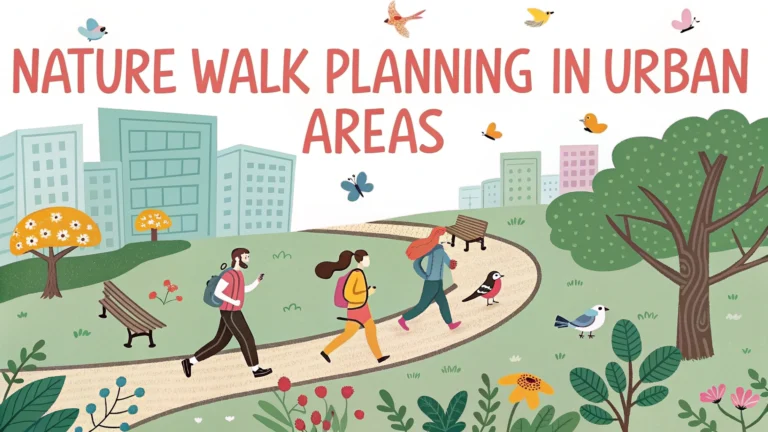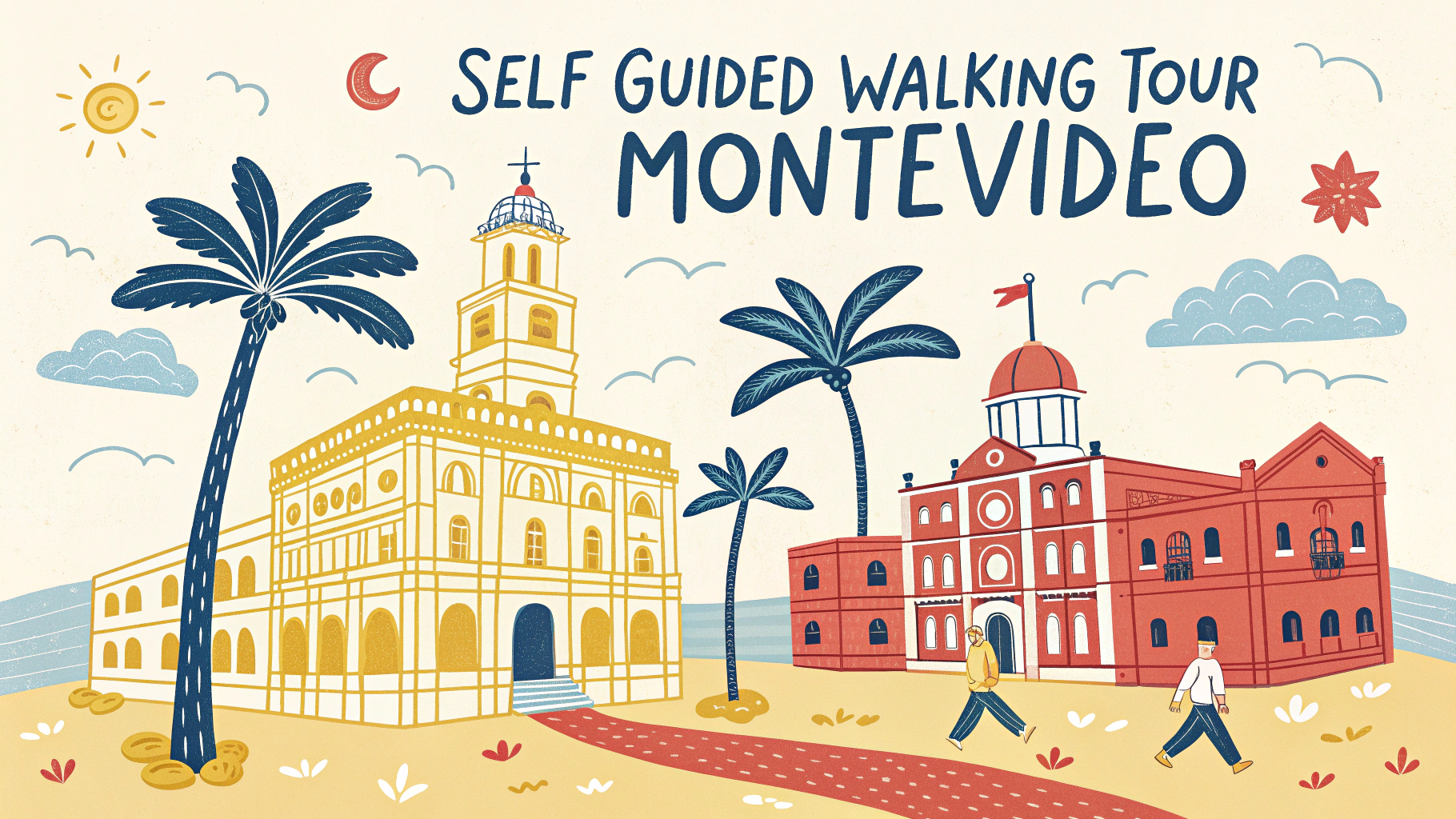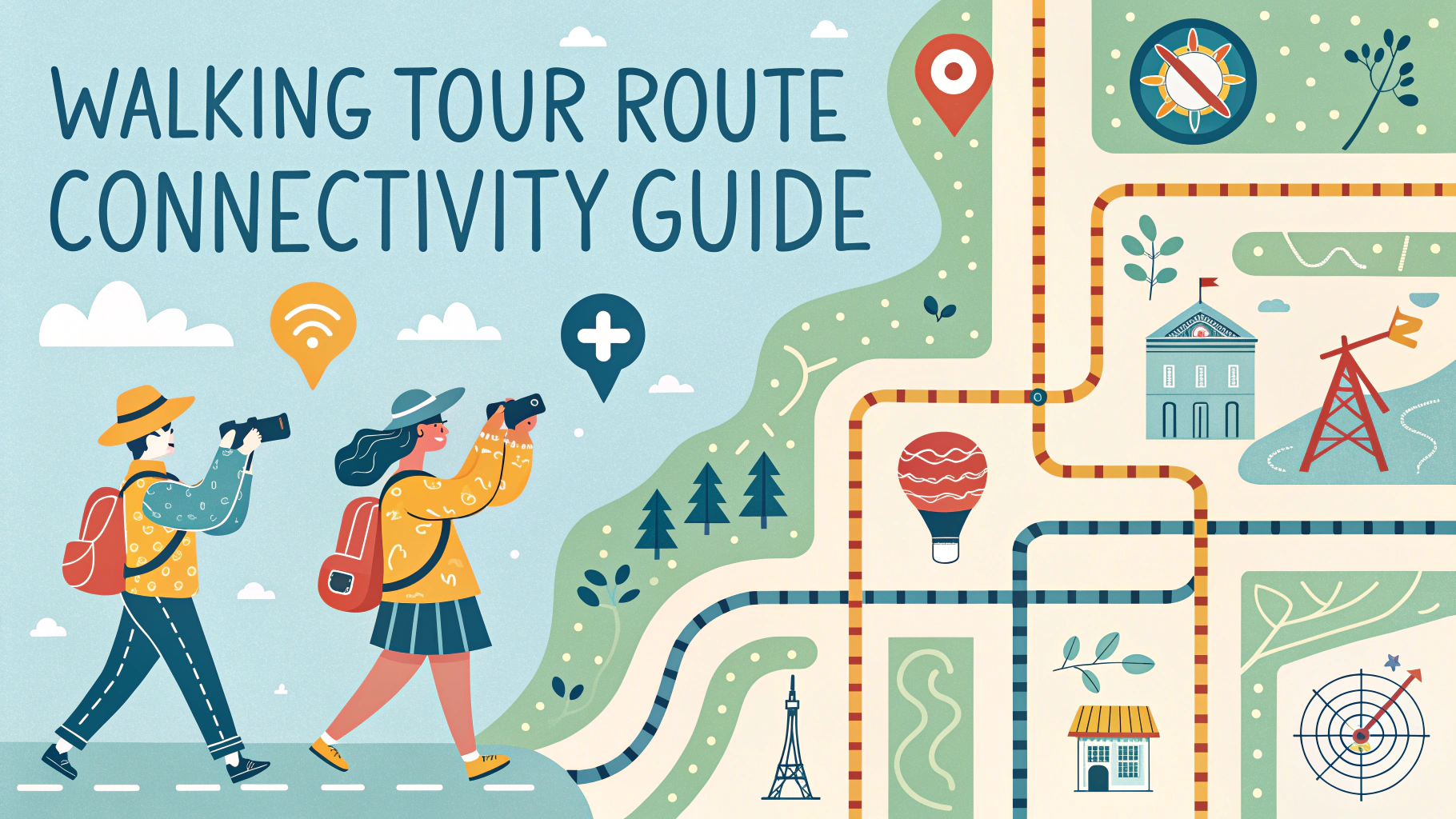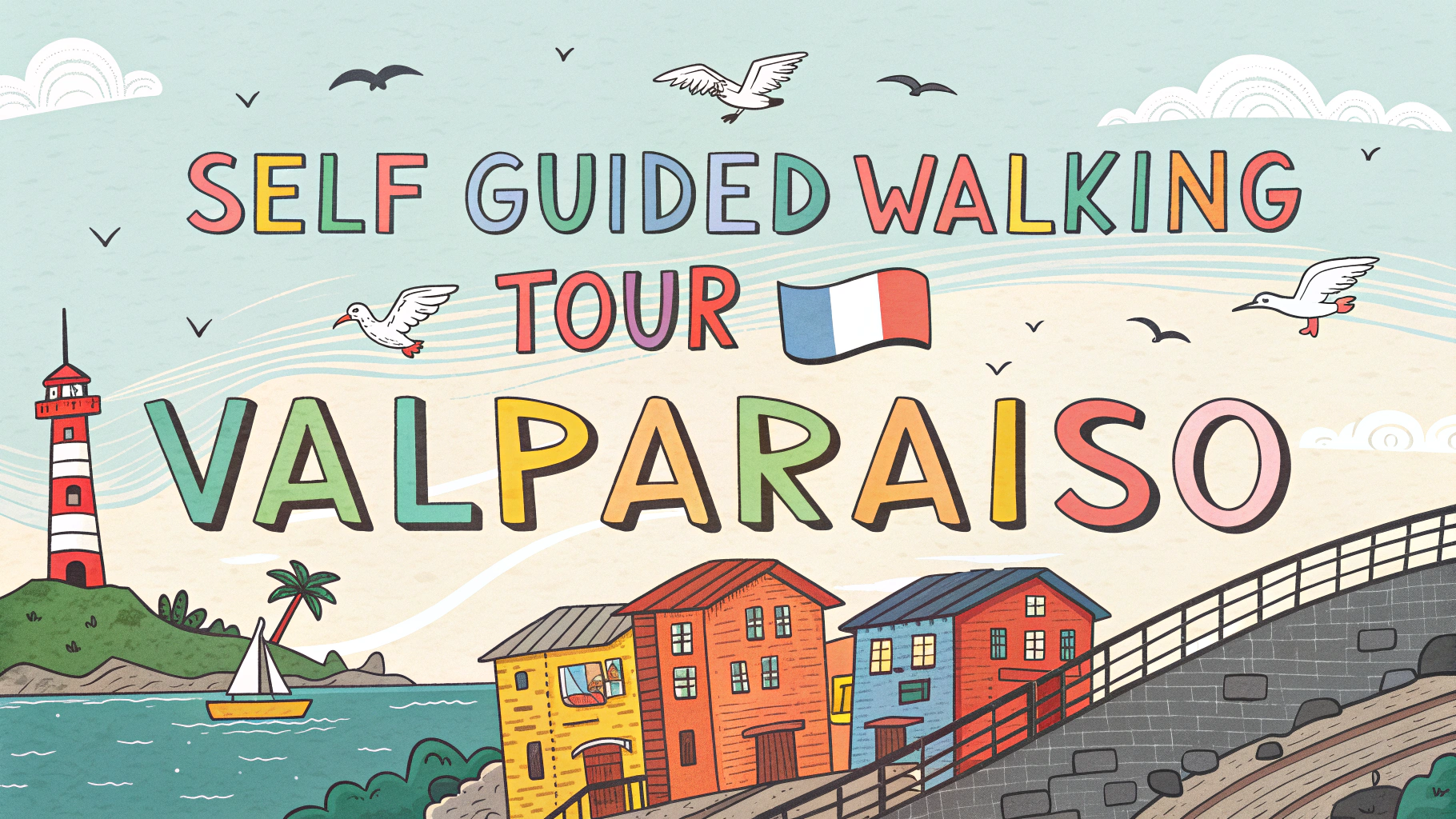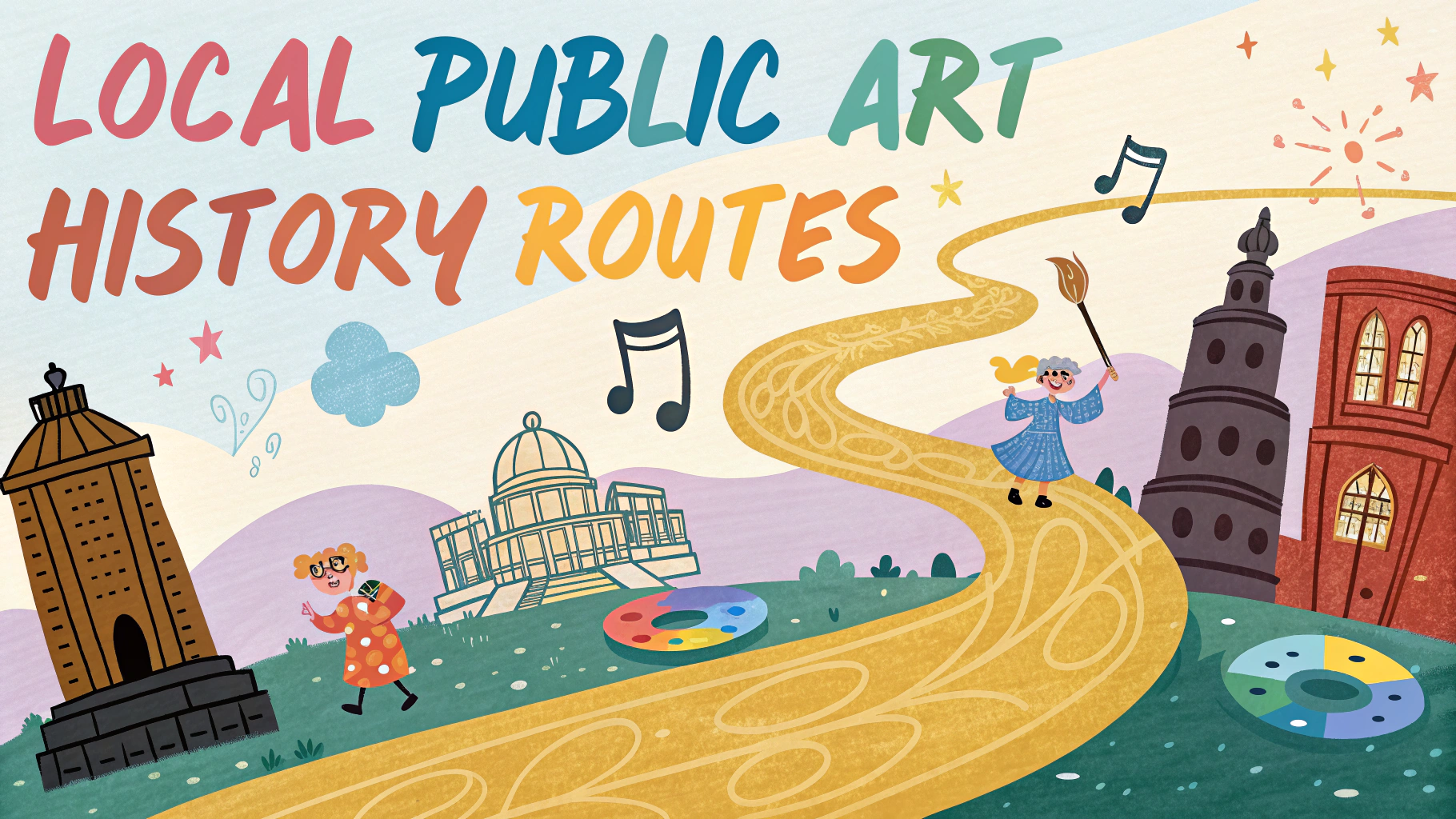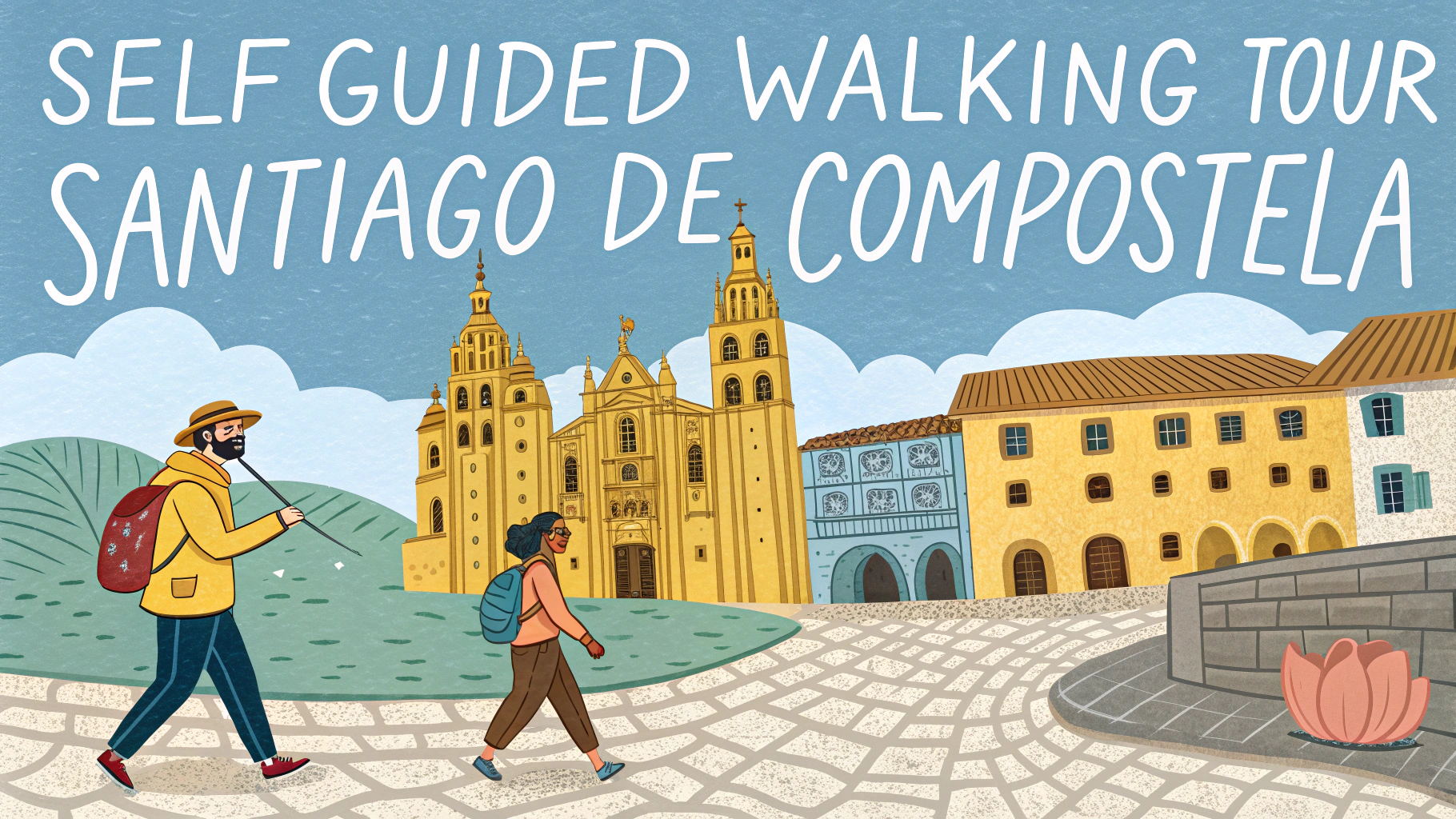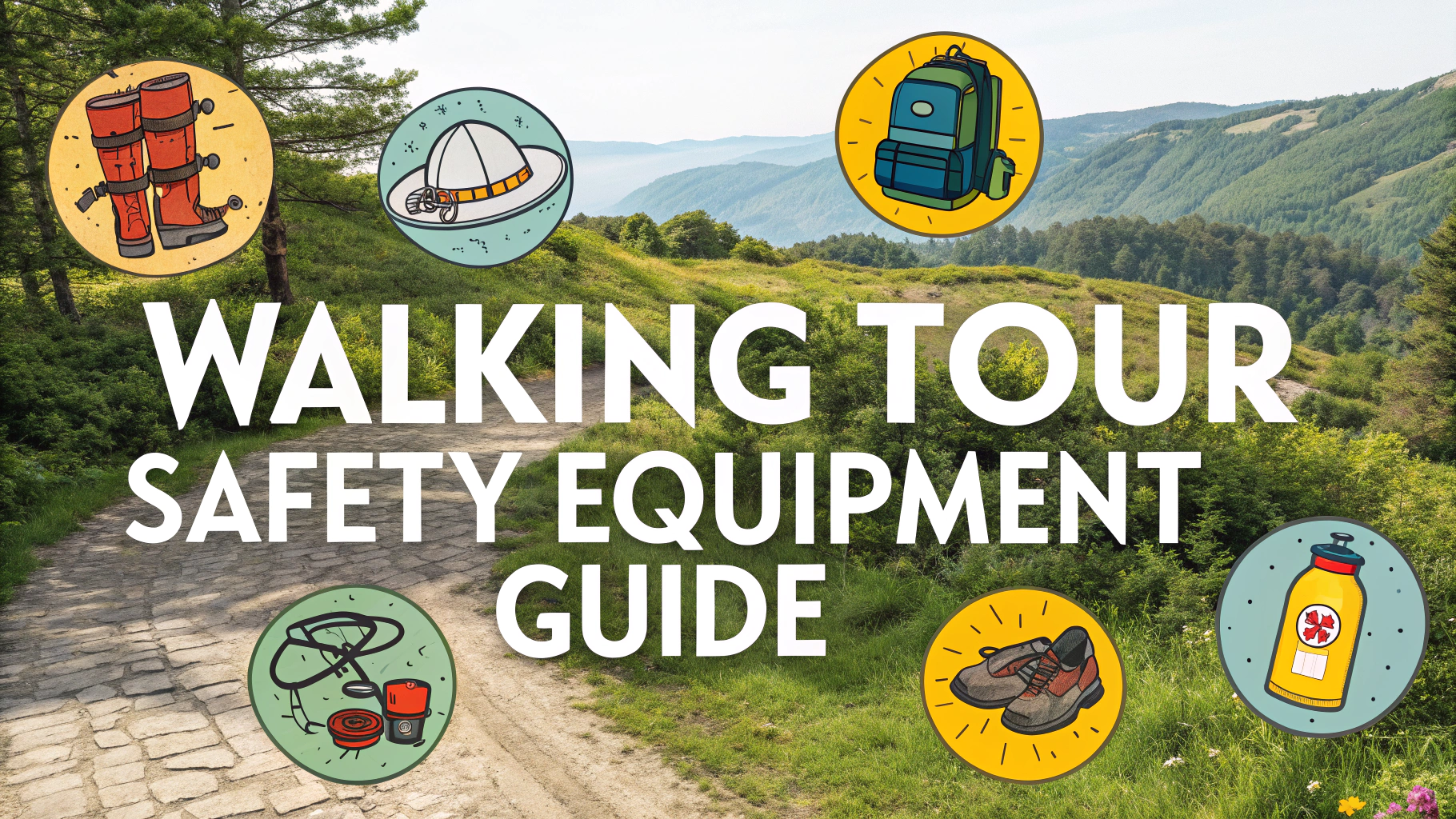Urban nature walks offer a perfect blend of outdoor exercise and city exploration, letting you discover hidden green spaces while staying close to home.
Planning your walk starts with choosing the right time – early mornings typically offer quieter paths and better wildlife viewing opportunities.
Essential Planning Steps
- Check weather forecasts and dress appropriately
- Download offline maps or bring printed versions
- Pack water and light snacks
- Wear comfortable walking shoes
- Bring a basic first aid kit
Finding Urban Nature Trails
Most cities maintain dedicated walking paths through parks, gardens, and natural areas – check your local parks department website for maps and trail information.
Popular Urban Trail Types:
- Riverside walks
- Botanical garden paths
- Urban forest trails
- converted railway lines
- Cemetery gardens
Safety Tips
Stay aware of your surroundings and walk during daylight hours when possible.
- Share your route with someone
- Keep your phone charged
- Stick to well-maintained paths
- Carry ID and emergency contact information
Making the Most of Your Walk
Download nature identification apps like iNaturalist or Seek to learn about local flora and fauna during your walk.
Recommended Apps and Resources:
- AllTrails – for finding and tracking routes
- iNaturalist – plant and animal identification
- Weather apps for local conditions
- City parks department apps
Seasonal Considerations
Each season offers unique nature viewing opportunities in urban areas.
| Season | What to Look For |
|---|---|
| Spring | Flowering trees, migrating birds |
| Summer | Butterflies, native wildflowers |
| Fall | Changing leaves, seed pods |
| Winter | Winter birds, evergreen plants |
Photography Tips
Early morning or late afternoon light provides the best conditions for nature photography in urban settings.
- Pack a lightweight camera or smartphone
- Consider macro lens attachments for close-ups
- Respect wildlife – maintain safe distances
- Follow local photography guidelines
Remember to check local regulations regarding group sizes and any permit requirements for organized walks.
Environmental Impact
Urban nature walks provide a low-impact way to enjoy outdoor activities while contributing to environmental awareness.
- Stay on marked trails to protect vegetation
- Practice “Leave No Trace” principles
- Report trail maintenance issues
- Support local conservation efforts
Group Walking Options
Many cities offer organized nature walks led by experienced guides or naturalists.
Common Group Activities:
- Bird watching expeditions
- Native plant identification walks
- Historical nature tours
- Photography walks
- Fitness hiking groups
Urban Wildlife Etiquette
Responsible wildlife viewing enhances the experience while protecting urban ecosystems.
- Observe from a safe distance
- Never feed wild animals
- Keep pets leashed where required
- Avoid disturbing nesting areas
Conclusion
Urban nature walks combine the convenience of city living with the benefits of outdoor exploration. By following proper planning, safety guidelines, and environmental considerations, these walks can become a rewarding part of your routine. Whether solo or in groups, urban nature walks offer year-round opportunities to connect with local ecosystems while maintaining an active lifestyle.
Remember to continuously explore new routes, learn about local biodiversity, and share your discoveries with fellow nature enthusiasts. The more we understand and appreciate our urban natural spaces, the better equipped we are to protect them for future generations.
FAQs
- What is the best time of day to take an urban nature walk?
Early morning (6-9 AM) or late afternoon (4-6 PM) are optimal times, as urban wildlife is more active, temperatures are cooler, and there’s typically less pedestrian traffic. - How can I identify safe routes for urban nature walks?
Use established greenways, park trails, or designated walking paths; consult local parks department websites; verify the routes are well-maintained and well-lit; and choose paths that are regularly frequented by other walkers. - What essential items should I carry during an urban nature walk?
Carry water, comfortable walking shoes, weather-appropriate clothing, a smartphone with map access, a small first aid kit, identification, and a nature guide or bird identification app. - How long should a self-guided urban nature walk typically last?
A typical urban nature walk should last 45-90 minutes, covering 1-3 miles, allowing time for observation and photography while maintaining a comfortable pace. - What are the best ways to observe urban wildlife without disturbing them?
Maintain a safe distance, avoid loud noises, never feed wildlife, use binoculars for better viewing, stay on designated paths, and avoid approaching nests or dens. - How can I plan a route that incorporates different types of urban natural environments?
Include a mix of parks, community gardens, waterways, tree-lined streets, and green corridors; use satellite maps to identify green spaces; and connect multiple natural areas with walking routes. - What safety precautions should I take when walking alone in urban nature areas?
Share your route with someone, stay in well-populated areas, walk during daylight hours, keep your phone charged, stay aware of your surroundings, and avoid isolated areas. - How can I identify interesting plants and trees during my urban nature walk?
Use plant identification apps like iNaturalist or PlantSnap, carry a local flora guide, look for interpretive signs in parks, and join local nature groups for knowledge sharing. - What weather conditions are unsuitable for urban nature walks?
Avoid walks during thunderstorms, extreme heat (above 90°F/32°C), severe wind conditions, icy conditions, or when air quality warnings are in effect. - How can I track and document my urban nature walks?
Use tracking apps like Strava or AllTrails, maintain a nature journal, take photographs, record bird sightings in eBird, and create digital maps of your favorite routes.
